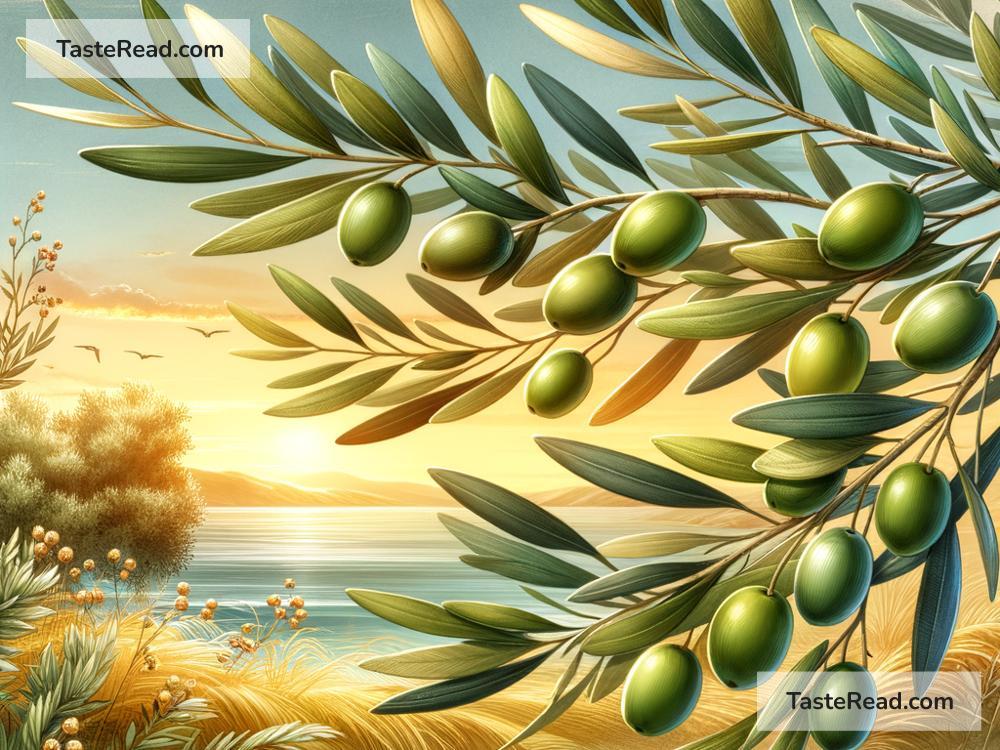The Curious Symbolism of Olive Branches in Peace
Have you ever seen an olive branch used as a symbol of peace? It’s common in artworks, flags, literature, and even everyday conversation. But have you ever stopped to wonder: why an olive branch? What makes a simple tree branch so important to the idea of peace? Let’s explore the fascinating history and meaning behind this curious symbol.
The Olive Tree: Ancient and Sacred
Olive trees are old, really old. They’ve been growing in the Mediterranean for thousands of years. Their fruit, the olive, has been useful for food, oil, and medicine since ancient times. Their branches and leaves are also hardy and long-lasting, making them a natural part of everyday life in places like Greece, Italy, and the Middle East.
But olive trees are not just useful; they’re also meaningful. Many cultures considered the olive tree sacred because of its longevity, ability to thrive in tough conditions, and its fruit’s value. Since the olive tree requires time, care, and peaceful surroundings to grow and bear fruit, it gradually became connected to ideas of stability, life, and harmony—a natural fit for the concept of peace.
The Olive Branch in Ancient Greece
To understand why the olive branch means peace, we have to travel back thousands of years to Ancient Greece. The Greeks revered the olive tree and believed it was a gift from Athena, the goddess of wisdom. According to legend, Athena and Poseidon competed to see who could give the city of Athens the best gift. Poseidon offered a saltwater spring, but Athena gifted the olive tree. The people chose her gift, and the olive tree became sacred in Athens.
In Greek culture, winners of certain athletic competitions, like the Olympics, were crowned with olive wreaths made from the branches of the tree. These wreaths became symbols of honor, victory, and goodwill. Over time, the olive branch was also used as a sign of truce or reconciliation in conflicts. For example, if a person carried an olive branch, it meant they came in peace and wanted to negotiate rather than fight.
Biblical Connections
The olive branch also has strong ties to the Bible. One famous story is the tale of Noah’s Ark. After the great flood, Noah sends a dove to search for dry land. When the dove returns carrying an olive branch, it is an important sign: the floodwaters are retreating, and peace between humans and nature is being restored.
This story gave the olive branch even deeper symbolism as a sign of hope, renewal, and forgiveness. Over time, the image of a dove carrying an olive branch became a powerful symbol of peace, and it’s still used in artwork and logos today.
Roman and Early Christian Influence
The Romans also embraced the olive branch as a symbol of peace. When Roman leaders sought reconciliation or mercy, they would hold out olive branches. This gesture symbolized a willingness to end disputes and work together. As Christianity spread through the Roman Empire, the olive branch kept its peaceful reputation, gaining ties to spiritual ideas of salvation and unity.
The Olive Branch in Modern Times
The symbolism of the olive branch didn’t fade away after ancient times. In fact, its peaceful meaning grew stronger over centuries. During the Renaissance, artists used the olive branch in paintings to represent peace and harmony. For example, the olive branch was often included in depictions of angels or doves.
The olive branch also made its way into politics and government symbols. Consider the Great Seal of the United States, used on official documents: it shows an eagle holding an olive branch in one claw and arrows in the other. The olive branch represents peace, while the arrows symbolize readiness for war, showing that the country values peace but will defend itself if necessary.
Why Choose the Olive Branch?
So, why do people still use the olive branch to symbolize peace after so many centuries? The answer lies in its rich history, its connection to life and hope, and its ability to endure. Unlike other symbols, the olive branch tells a story. It reminds us of ancient wisdom, reconciliation, and the desire to move beyond conflict.
What’s beautiful about the olive branch is its simplicity. It doesn’t need to be flashy or complicated. It’s a quiet, humble symbol that suggests laying down weapons, putting aside differences, and reaching out to others with respect and goodwill. In a world that can feel chaotic and divided, the olive branch reminds us that peace starts small—with understanding, patience, and the willingness to grow.
A Universal Symbol
Today, the olive branch isn’t tied to any one religion, culture, or country. It belongs to everyone. Whether you see it in art, literature, or even emojis, the olive branch carries the same timeless message: peace is possible, and it’s worth striving for.
So the next time you encounter an olive branch, take a moment to appreciate its story. From ancient Greece to modern politics, it has traveled through time as a beacon of hope, harmony, and the dream of a world where conflicts can end, and peace can grow. Just like the mighty olive tree, it reminds us that peace isn’t always easy, but with care, patience, and persistence, it’s something we can cultivate together.


